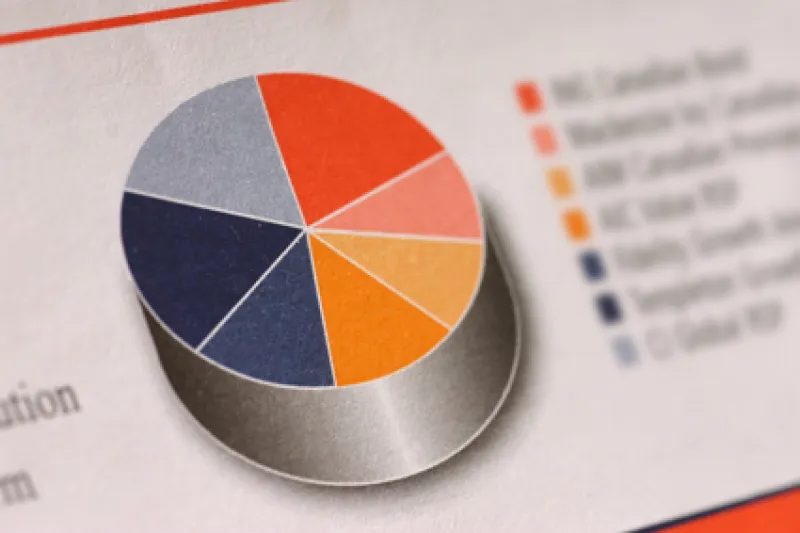Exchange-traded fund industry leader Barclays Global Investors is back with ten new sub-sector offerings, rounding out its sector product line, which now boasts 35 funds. But are they too late or too narrow to pique investor interest?
The new funds, which launched Friday on the New York Stock Exchange, cover some of Wall Street’s hotter industries, among them energy exploration and services, healthcare, financials, defense and home construction.
“Investors continue to ask for the more narrow or more precise exposure that a sub-sector product can provide,” BGI spokesman Lance Berg told DailyII.
But in an industry where first-to-market can have a big impact – in the micro-cap space, BGI’s iShares Russell Microcap Index Fund beat two rivals to the punch, and now boasts $233 million in assets to PowerShares Capital Management’s Zacks Micro Cap Portfolio’s $162.5 million and First Trust Advisors’ Dow Jones Select MicroCap Index Fund’s $19 million – BGI finds itself somewhat behind the curve. With a few exceptions, the firm’s new funds are traversing trails blazed by PowerShares and State Street Global Advisors. In fact, BGI’s new iShares Dow Jones Insurance Index Fund is actually the third such product available to investors.
BGI says it isn’t worried about coming in second, or third. As the largest provider and biggest name in the ETF space, “BGI feels that [it is] uniquely positioned to work with investors and to make these products available,” Berg says. “Many of our tactical users, both in the retail space as well as the institutional space, have requested these products directly from us, and we think that with the brand recognition and client relationships we currently have, for those who are interested in these products, we’ll have them available.”
The crowding of ETFs into individual sub-sectors is only one concern raised by the new BGI funds.
“This is a somewhat disquieting trend, for ETF purveyors to be launching ever more narrow index funds,” says Dan Culloton, an ETF analyst with Morningstar Inc.
In an industry that made its name with extremely low costs, Culloton says the new sub-sector offerings threaten that perception. “The trend has been for expense ratios to creep up; we’re looking at the 40 to 50 basis point range now for some of these.”
The new BGI ETFs have a 48 bps expense ratio. “I know the theory is to give advisers and sophisticated investors the tools that they need to build portfolios,” Culloton concedes, “but it’s not entirely clear to me that being able to pick very narrow sectors or very narrow industries is any more of an advantage than trying to pick individual stocks.”






